What Is A Video Magnifier ?
A video magnifier, also known as a closed-circuit television (CCTV) magnifier, is an electronic device that is used to enlarge and enhance the visibility of text, images, or objects for individuals with visual impairments. It consists of a camera that captures the image or text and displays it on a screen, allowing the user to view it at a larger size. Video magnifiers often offer various features such as adjustable magnification levels, contrast enhancement, color filters, and the ability to freeze or capture images. They can be used for reading books, newspapers, or documents, as well as for viewing photographs, artwork, or other objects. Video magnifiers are widely used as assistive technology devices to help individuals with low vision or visual impairments to access and engage with printed materials and visual content.
1、 Definition and Function of a Video Magnifier
A video magnifier, also known as a closed-circuit television (CCTV) magnifier, is an assistive technology device designed to help individuals with low vision or visual impairments to read and view objects more clearly. It consists of a camera that captures the image of the text or object and displays it on a screen, allowing the user to magnify and enhance the image for better visibility.
The primary function of a video magnifier is to enlarge printed materials such as books, newspapers, and documents, making them easier to read for people with visual impairments. The magnification level can be adjusted according to the user's needs, allowing them to customize the size of the text or image displayed on the screen. Some video magnifiers also offer additional features like contrast enhancement, color inversion, and adjustable lighting to further enhance visibility.
In recent years, video magnifiers have evolved to incorporate advanced technologies such as high-definition cameras, touchscreens, and OCR (optical character recognition) capabilities. These advancements have significantly improved the user experience and made video magnifiers more versatile and user-friendly. Some video magnifiers can now also connect to computers or mobile devices, allowing users to capture and magnify digital content.
Video magnifiers have become an essential tool for individuals with low vision, enabling them to maintain their independence and engage in various activities such as reading, writing, and viewing photographs. They are widely used in educational settings, workplaces, and homes to support individuals with visual impairments in their daily tasks.
Overall, video magnifiers play a crucial role in enhancing the quality of life for people with low vision, providing them with the ability to access and interact with printed materials and objects more effectively.
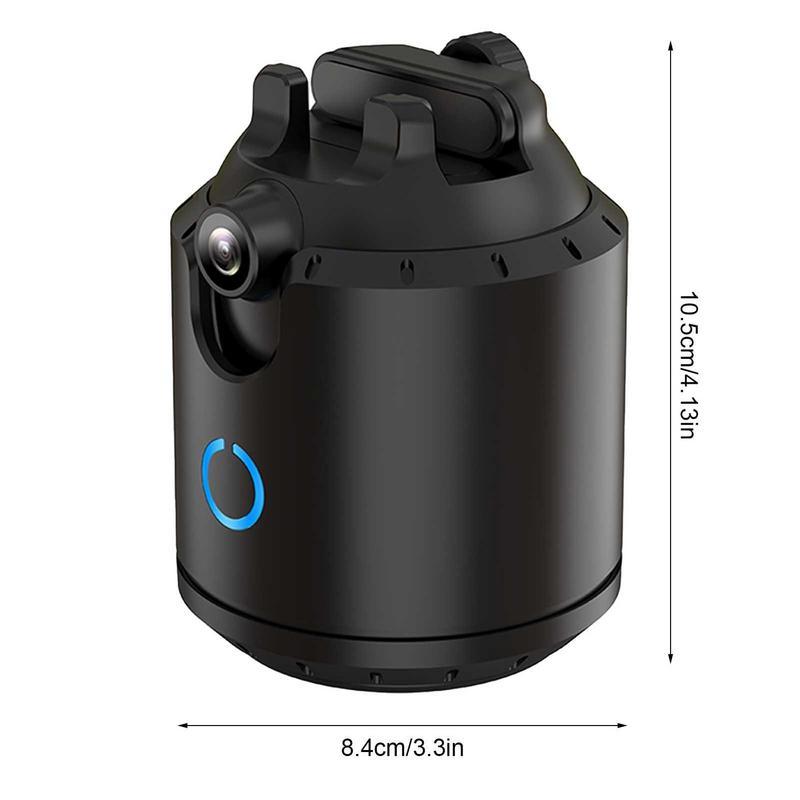
2、 Types and Features of Video Magnifiers
A video magnifier, also known as a closed-circuit television (CCTV) magnifier, is an assistive technology device designed to help individuals with low vision or visual impairments read and view objects more easily. It consists of a camera that captures an image and displays it on a screen, allowing the user to magnify and enhance the image for better visibility.
Video magnifiers come in various types and offer different features to cater to the specific needs of individuals with visual impairments. Desktop video magnifiers are larger devices that typically have a movable camera and a large screen, providing a wide field of view and high magnification levels. Portable video magnifiers, on the other hand, are smaller and more lightweight, making them easier to carry and use on the go.
The latest advancements in video magnifiers have introduced features such as high-definition cameras, adjustable contrast and color settings, and text-to-speech capabilities. These features enhance the user experience by providing clearer and more customizable images, allowing individuals with low vision to read text, view photographs, and perform other visual tasks with greater ease.
Additionally, some video magnifiers now offer connectivity options, allowing users to connect to other devices such as computers or smartphones. This enables individuals to capture and save images, access online content, and utilize various applications that can further enhance their visual experience.
In conclusion, a video magnifier is a valuable assistive technology device that helps individuals with low vision or visual impairments by magnifying and enhancing images. With the latest advancements in technology, video magnifiers now offer a range of features and options to cater to the specific needs of users, providing them with greater independence and accessibility in their daily lives.
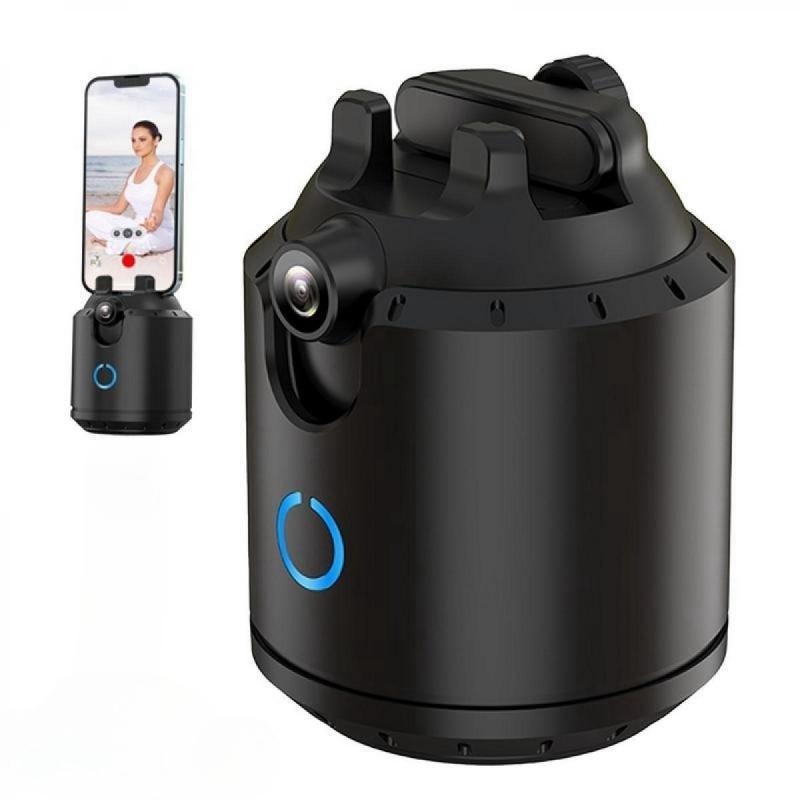
3、 How to Use a Video Magnifier Effectively
A video magnifier, also known as a CCTV (Closed Circuit Television) magnifier, is an assistive technology device designed to help individuals with low vision or visual impairments read and view objects more easily. It consists of a camera that captures the image of the text or object and displays it on a screen, magnifying it to a size that is comfortable for the user to see.
Video magnifiers come in various forms, including handheld devices, desktop models, and portable units. They offer a range of features such as adjustable magnification levels, contrast enhancement, color filters, and image stabilization. Some advanced models even have text-to-speech capabilities, allowing the user to listen to the text being read aloud.
To use a video magnifier effectively, it is important to position the device correctly. The user should place the object or document under the camera, ensuring that it is well-lit and centered within the camera's view. Adjusting the magnification level and contrast settings can help optimize the image for better visibility.
In recent years, video magnifiers have seen advancements in technology, making them more user-friendly and versatile. Many models now offer high-definition imaging, wireless connectivity, and compatibility with smartphones and tablets. These features allow users to capture and magnify images on their mobile devices, providing greater convenience and flexibility.
Additionally, the integration of artificial intelligence and machine learning algorithms in some video magnifiers has improved their functionality. These devices can now automatically detect and enhance text, recognize objects, and provide real-time image processing, making them even more effective tools for individuals with visual impairments.
Overall, video magnifiers have become indispensable tools for individuals with low vision, enabling them to read and view objects with greater ease and independence.
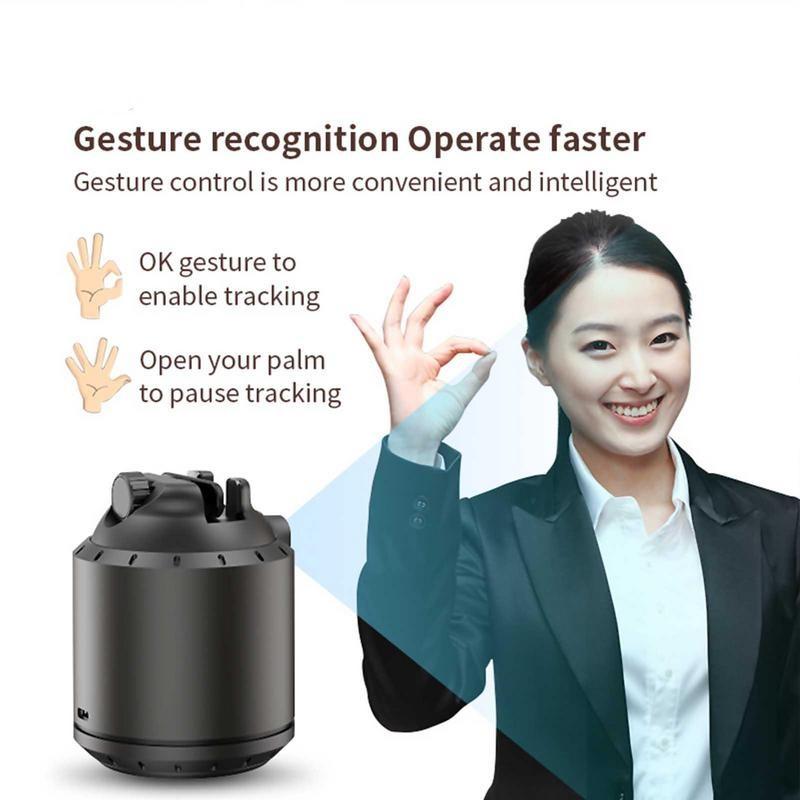
4、 Benefits and Applications of Video Magnifiers
A video magnifier, also known as a CCTV (Closed Circuit Television) magnifier, is an assistive technology device that helps individuals with low vision or visual impairments to read and view objects more clearly. It consists of a camera that captures the image of the text or object and displays it on a screen, allowing the user to magnify and enhance the image as needed.
Video magnifiers offer several benefits to individuals with low vision. Firstly, they provide increased magnification levels, allowing users to enlarge text or images to a size that is comfortable and readable for them. This can be particularly helpful for tasks such as reading books, newspapers, or documents, as well as viewing photographs or other visual materials.
Additionally, video magnifiers often come with features like adjustable contrast, color modes, and brightness settings, which can enhance the visibility and readability of the text or object. Some models also offer the ability to freeze the image, allowing users to take their time in reading or examining the content.
The applications of video magnifiers are vast and varied. They can be used in educational settings, enabling students with low vision to participate in classroom activities and access learning materials. In the workplace, video magnifiers can assist individuals in reading documents, reports, or emails, thus promoting independence and productivity. They are also valuable tools for leisure activities, such as reading books, magazines, or even menus at restaurants.
In recent years, advancements in technology have led to the development of portable and handheld video magnifiers, making them more convenient and accessible for users on the go. These devices often have built-in cameras and screens, allowing individuals to carry them in their pockets or bags and use them whenever needed.
Overall, video magnifiers play a crucial role in enhancing the quality of life for individuals with low vision, enabling them to maintain their independence, engage in various activities, and access information more easily.
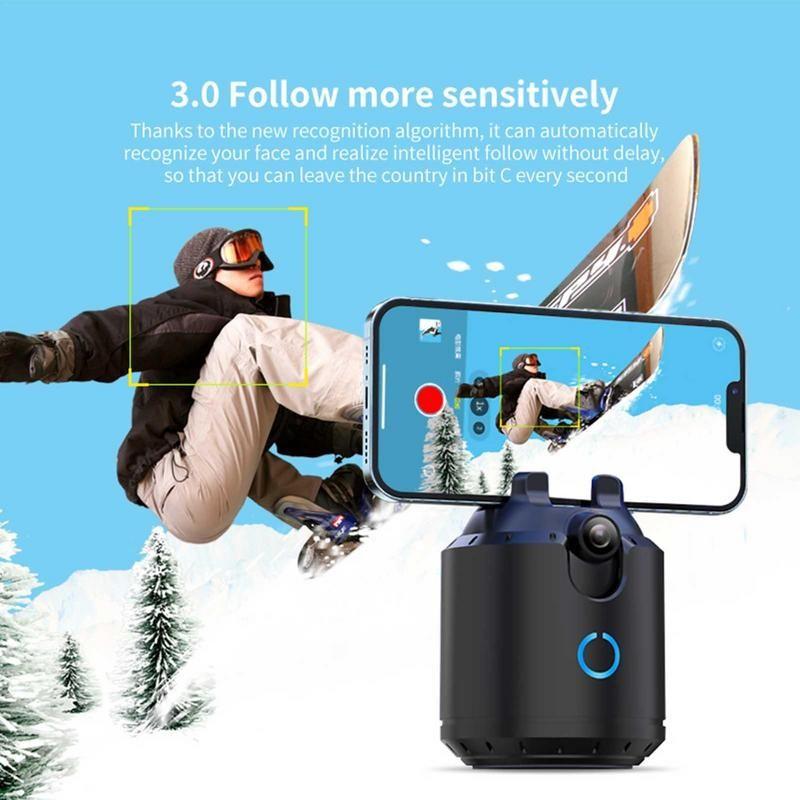




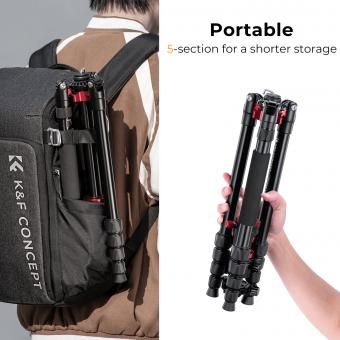

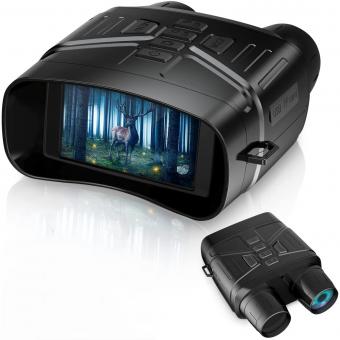



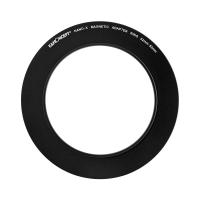

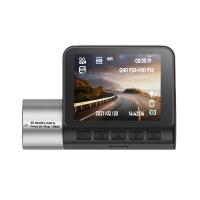
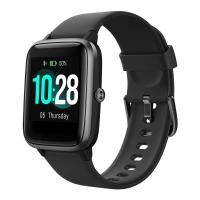

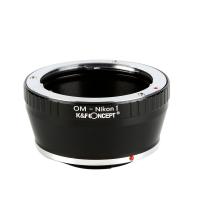





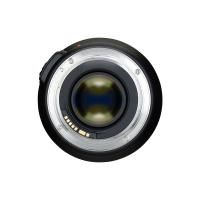


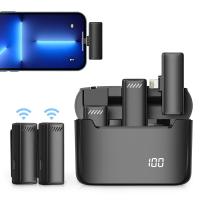
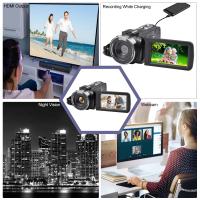


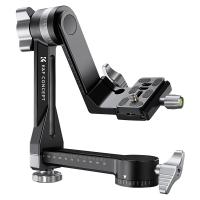

There are no comments for this blog.